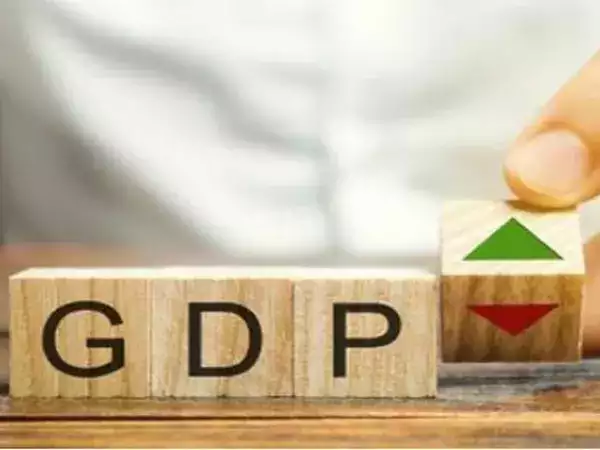India’s economy experienced a 7.6% growth during the July-September quarter of the current financial year 2023-24, solidifying its position as the fastest-growing major economy. The country’s GDP growth for the April-June quarter was also robust, reaching 7.8%.
Data from the Ministry of Statistics and Programme Implementation revealed that India’s Real GDP, or GDP at Constant (2011-12) Prices in Q2 2023-24, is estimated to reach Rs 41.74 lakh crore, compared to Rs 38.78 lakh crore in Q2 2022-23, marking a growth of 7.6% as compared to 6.2% in Q2 2022-23.
The Reserve Bank of India (RBI) had previously projected real GDP growth for 2023-24 at 6.5%, with Q2 at 6.5%, Q3 at 6.0%, and Q4 at 5.7%. The central bank’s main concern at its most recent monetary policy meeting was the rising inflation and its potential risk to the growth outlook.
Furthermore, a survey conducted the Federation of Indian Chambers of Commerce and Industry (FICCI) in September 2023 projected that the Indian economy is expected to grow 6.3% in 2023-24, with a minimum and maximum growth estimate of 6% and 6.6% respectively. This survey drew responses from leading economists representing industry, banking, and financial services sectors.
In addition to these optimistic figures, the International Monetary Fund (IMF) raised India’s GDP growth forecast for the financial year 2023-24 to 6.3%, citing stronger-than-expected consumption during April-June as a key factor in the upward projection.
Looking ahead to 2024-25, the IMF pegged India’s GDP growth at 6.3%, though this remained unchanged from its earlier projections.
Meanwhile, the combined Index of Eight Core Industries (ICI) recorded a provisional increase of 12.1% in October 2023 compared to the same month in 2022. All eight core industries, including Cement, Coal, Crude Oil, Electricity, Fertilizers, Natural Gas, Refinery Products, and Steel, saw positive growth in October 2023 according to an official release from the Union Ministry of Commerce and Industry.

